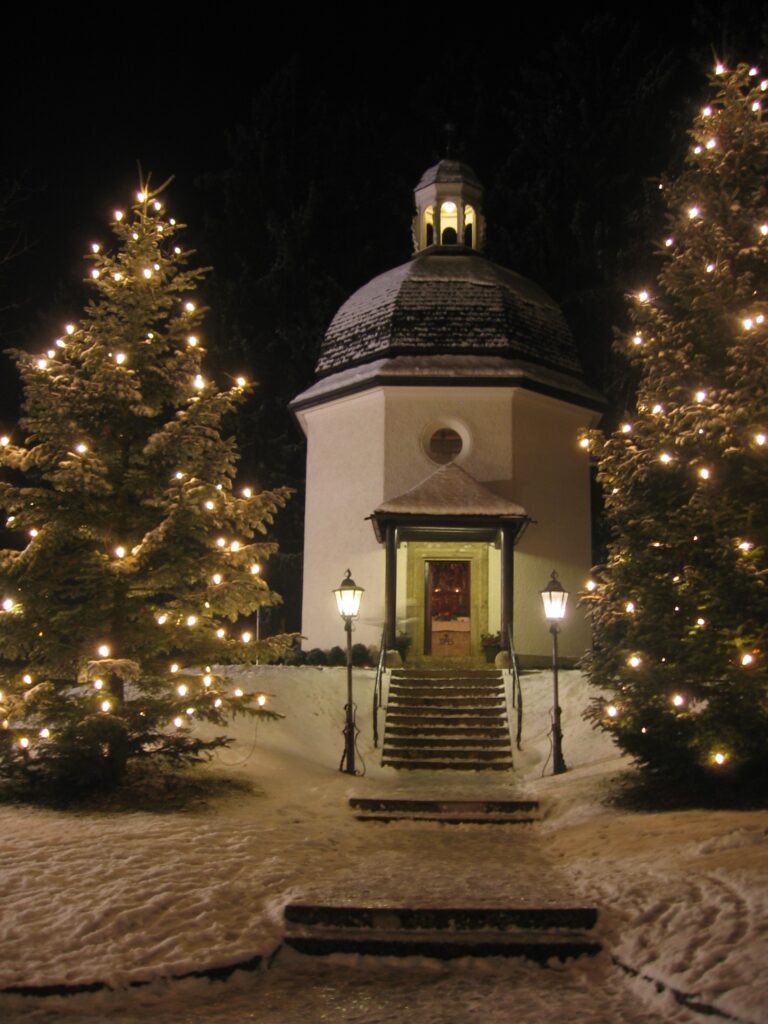‘Tis the season to be jolly, the popular ditty goes. Curiously enough, the Yuletide holidays is one of the few anticipated times of the year which comes with its very own soundtrack. These earworms have made their presence known in the airwaves of television, social media, malls, and even hotels, throughout the world the moment December arrives — or in our case, as early as the onset of September.
However, these radio mainstays — yes, Virginia, there are still individuals who continue to listen to the radio —all have their humble beginnings — and their subsequent rise to fame — which might just be as interesting as the tunes themselves.
Here are five details you should know to appreciate them more:
‘SILENT NIGHT’ — Salzburg, Austria
Originally written by Joseph Mohr and composed by Franz Gruber, this song most associated with Christmas has since been wrongly attributed to the likes of great composers such as Mozart and Beethoven. The very first performance of the carol was at the St. Nicholas Church on Christmas Eve of 1818. Today, more known as the Silent Night Chapel, it stands in the former’s place as a reminder of history.
During World War I’s 1914 Christmas Eve, British soldiers sighted Christmas trees — which originated in Germany — and heard singing from the opposite camp. Messages were passed back and forth between the trenches. So on the 25th, as they jointly buried casualties and remembered those who perished, the warring conscripts exchanged gifts, played football, and even drank and sang together — in their very own languages.

‘JINGLE BELLS’ — Medford, Massachusetts, USA
Penned by American songwriter James Lord Pierpont in 1850, “Jingle Bells” is arguably one of the most popular holiday melodies. However, little do we know that this was originally meant to be a Thanksgiving hymn!
Originally titled “One Horse Open Sleigh,” it was also the first to be played in outer space. During one of NASA’s flights in 1965, the astronauts pulled a prank on Mission Control — claiming they sighted a UFO, alluding to Santa Claus and his sleigh! To the surprise of the team on earth, the tricksters then blasted this song.
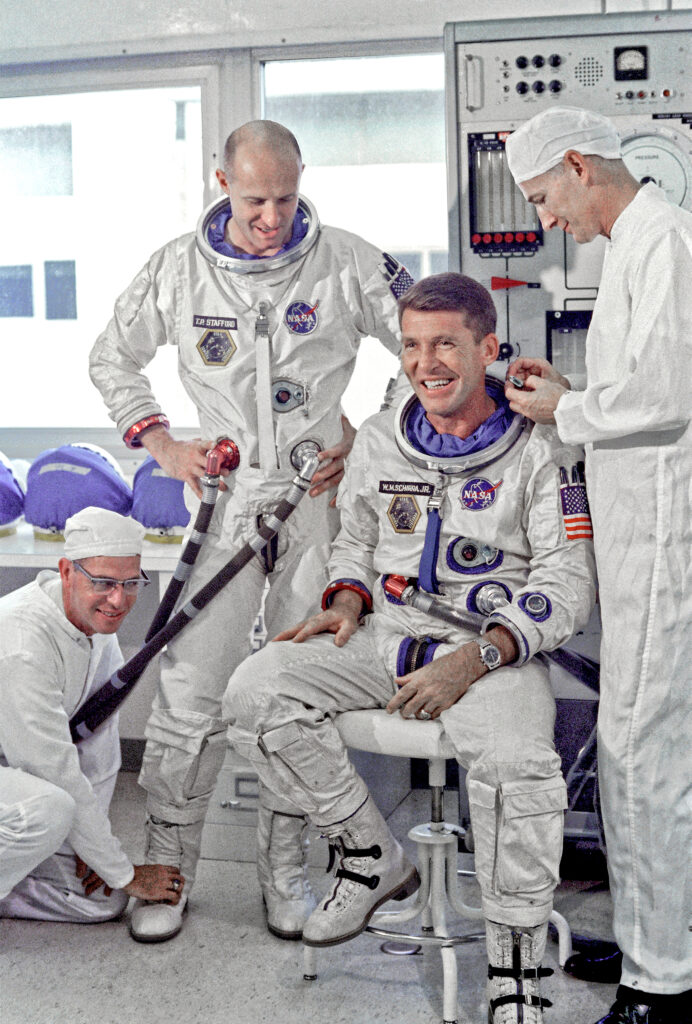
‘TWELVE DAYS OF CHRISTMAS’ — Newcastle upon Tyne, England
History proclaims this originated in the area of Newcastle upon Tyne, printed on broadsides — spread out all over town. It has several variations — even within just English — with different items and quantities corresponding to the countdown. It likewise shares similarities to local carols from France, Scotland, Sweden, and even the Faroe Islands!
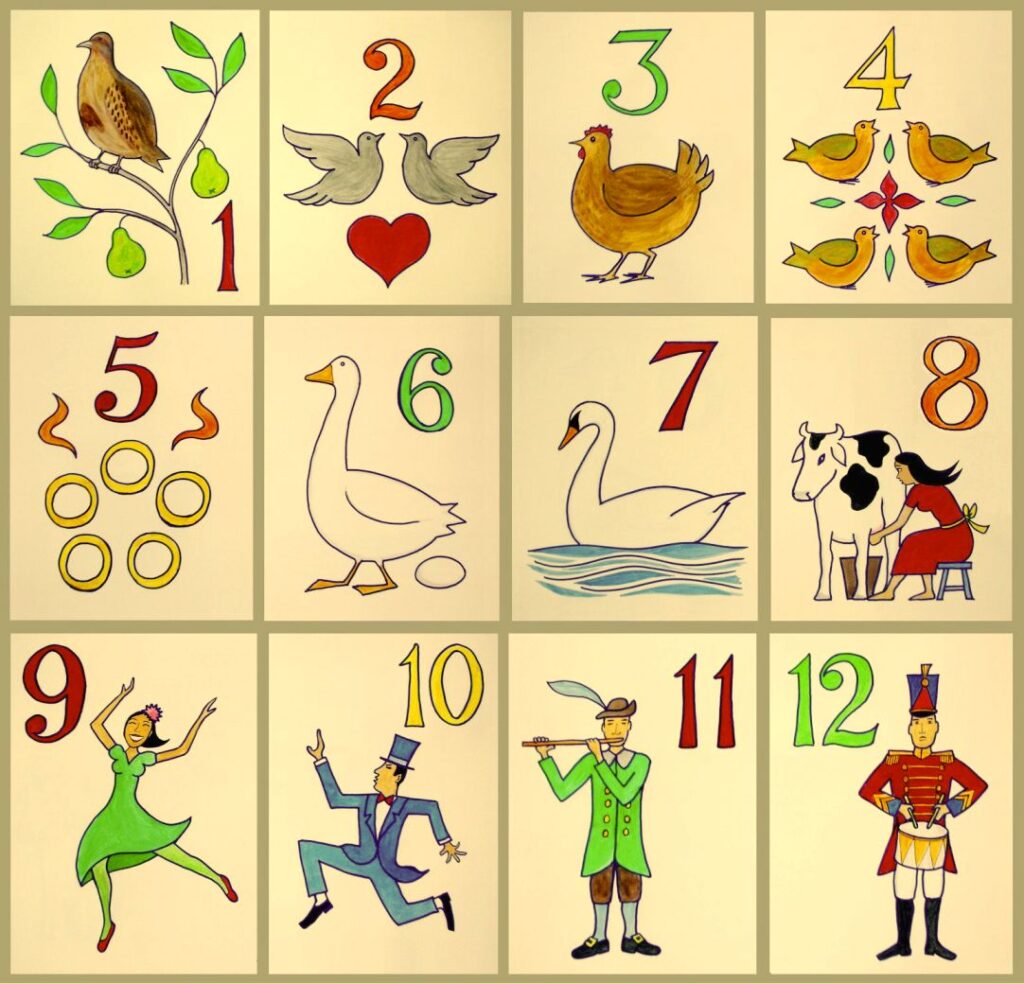
A little-known tidbit — the twelve days do not refer to those before Christmas. It actually pertains to the 25th of December until the day before the Epiphany, the 5th of January, which marks the end of the Christmas celebrations.
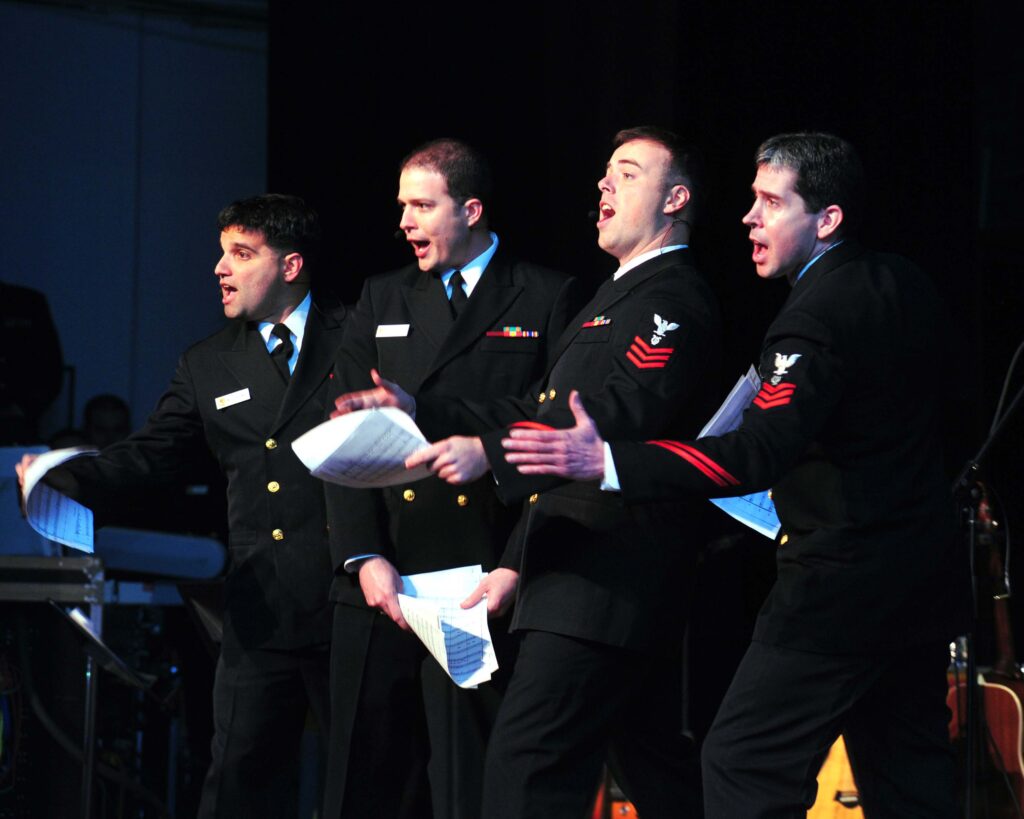
‘WHITE CHRISTMAS’ — Riverside County, California or Phoenix, Arizona
Although it originated somewhere in America — with two neighboring states claiming the birthright — this Bing Crosby smash hit was the best-selling single in the whole world for fifty years straight. Written for the 1942 musical film Holiday Inn, it received an Oscar, a 1943 Academy Award for Best Original Song. It even reigned for 11 weeks as number one in the charts — just before rock and roll took the country by storm. As a testament to its lasting power, the song has been interpreted by celebrities from Elvis Presley to Lady Gaga. Talk about lineage!

We’d like to point out the version today is not the original one — due to the master copy being so worn out from consistent reproduction. Thus, Crosby re-recorded it in 1947, along with the original backing group the John Scott Trotter Orchestra.
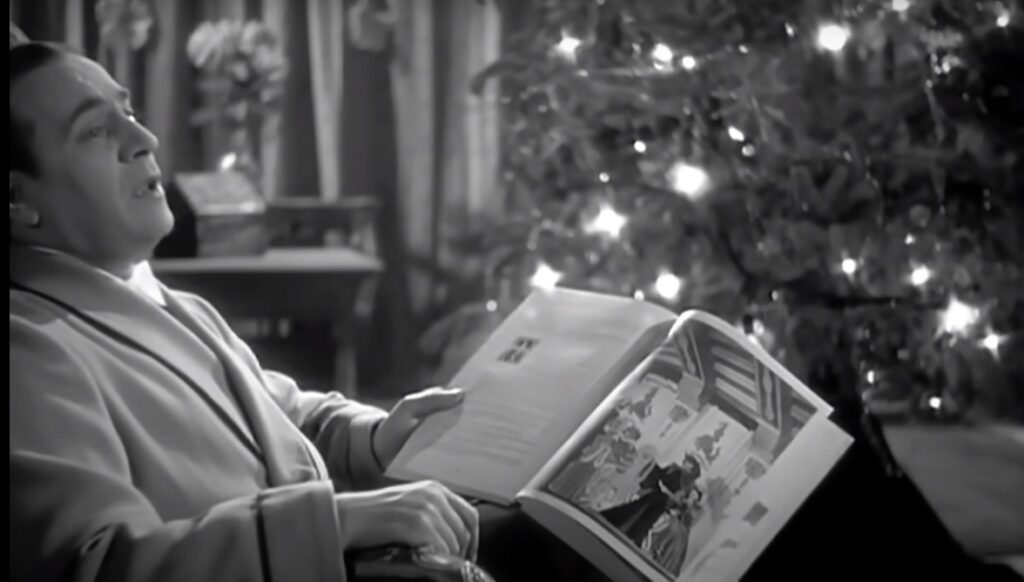
‘PETIT PAPA NOËL’ — Somewhere in France
Written in 1944 during World War II by Xavier Lermercier for an operetta of Emile Audiffred at Odéon, it was originally performed by Tino Rossi in Richard Pottier’s film Destins. The original lyrics featured a young boy’s prayer to Father Christmas for his prisoner-of-war Dad in Germany to return home.
The lines were then re-written sans all references to the war and has since become a secular hymn known not only by the French, but globally as well. It remains the top selling single in France, of all time.
These are our five magical postcards. What’s yours?
